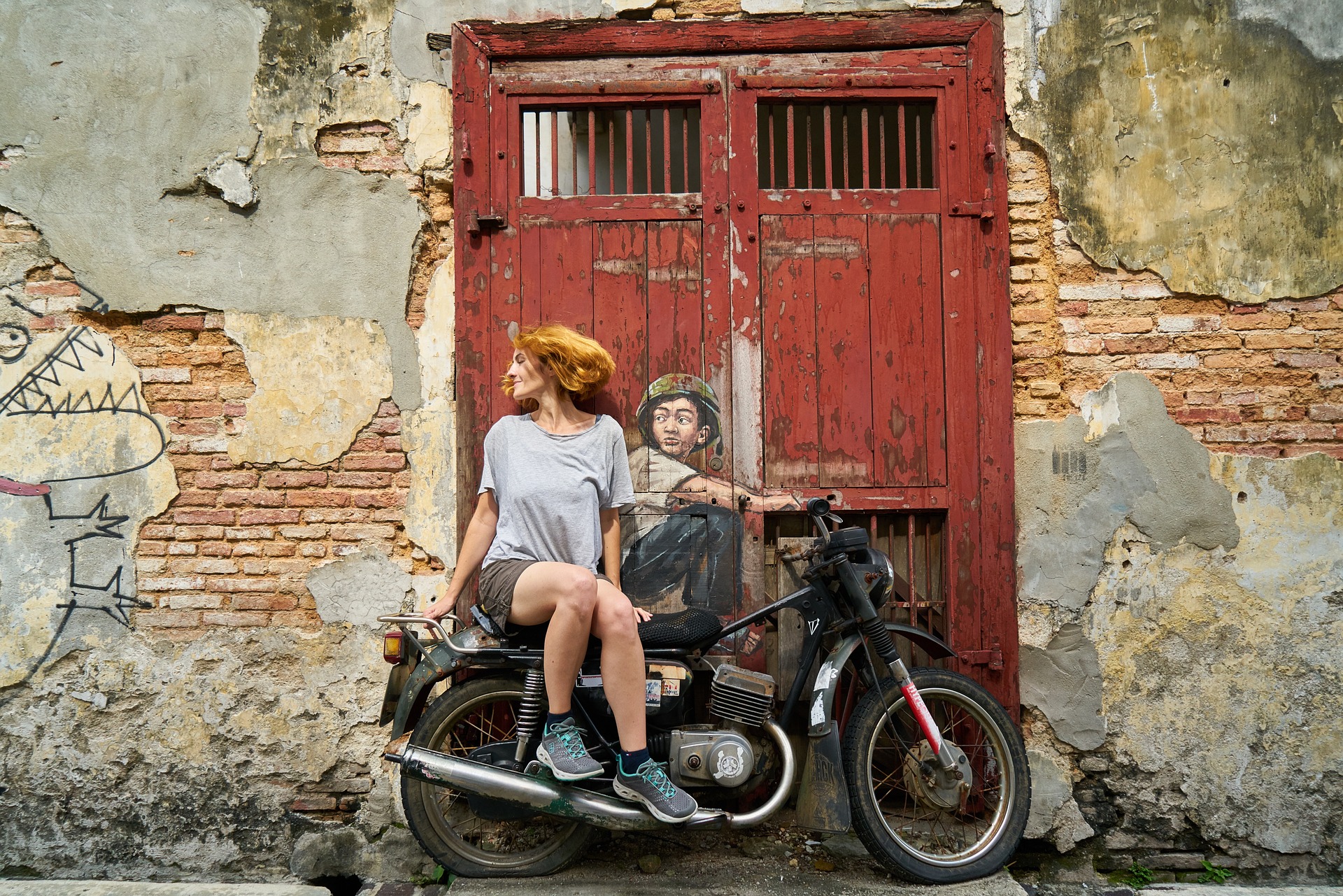In the Limelight: The Renaissance of Vintage Animation
Introduction: Vintage animation is making a triumphant re-entry into the entertainment industry. With a renewed sense of nostalgia and the power of modern technology, this once fading art form is now experiencing a robust revival. Let’s dive into this fascinating journey of old meets new.

A Stroll Down Memory Lane: The History of Vintage Animation
The story of vintage animation takes us back to the early 20th century when pioneers like Walt Disney and Max Fleischer ruled the roost. Characterized by hand-drawn, cel-based techniques and fluid, exaggerated movements, this style of animation brought to life iconic characters like Mickey Mouse and Betty Boop. However, the advent of computer-generated imagery (CGI) in the late 80s marked the slow decline of traditional animation, as it was seen as labor-intensive and time-consuming.
The Catalysts: Factors Driving the Revival
The revival of vintage animation can be attributed to several factors. First, there’s a growing sentimentality for the artistic aesthetics of the past, as seen in the popularity of “retro” and “vintage” trends across fashion, design, and pop culture. Second, advancements in digital technology have made it possible to recreate the charm of hand-drawn animation with less effort and cost. Third, many animation studios and independent animators are using vintage styles as a way to stand out in an oversaturated market.
The Modern Canvas: Current Developments in Vintage Animation
Currently, vintage animation is witnessing a resurgence in both cinema and television. For instance, the 2018 film “Klaus,” which used traditional animation techniques combined with modern digital tools, won widespread acclaim for its beautiful, intricate visuals. Similarly, television shows like “The Cuphead Show!” and “Over the Garden Wall” have garnered a fanbase for their charming, old-school aesthetics.
The Echo Effect: The Significance and Impact of the Revival
The resurgence of vintage animation is significant on multiple levels. For one, it’s a testament to the enduring appeal of traditional artistry, even in a digitized world. It also serves as an inspiration for young animators, encouraging them to experiment with different styles and techniques. Moreover, it adds variety and richness to the animation industry, challenging the dominance of CGI and inviting audiences to appreciate diverse forms of visual storytelling.
A Blend of Past and Future
In conclusion, the revival of vintage animation is an exciting development in the entertainment industry. It represents a harmonious blend of past and future, where traditional art forms are given a new lease of life with the help of modern technology. This trend is a reminder that while fads may come and go, some things—like the joy of watching a beautifully animated scene—remain timeless. With its renewed popularity, vintage animation is set to continue enchanting audiences for generations to come.




